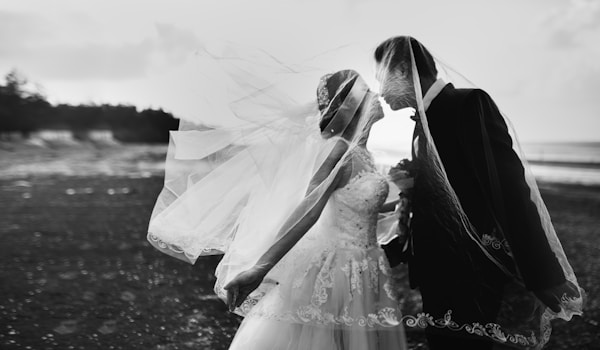How to Ensure a Comfortable Fit for Your Wedding Dress: Bust and Waist Considerations
Understanding Wedding Dress Fit
Choosing the perfect wedding dress is one of the most crucial decisions brides make as they plan their special day. While many factors contribute to selecting a gown, ensuring a comfortable fit—especially around the bust and waist—is paramount. A well-fitted dress not only enhances your appearance but also allows for ease of movement, ensuring that you enjoy every moment of your celebration. In this article, we will delve into effective strategies to achieve a comfortable fit, common challenges brides face, and tips for a smooth fitting process.
Importance of Fit in a Wedding Dress
The fit of a wedding dress can greatly impact your overall comfort and appearance. An ill-fitting dress can lead to discomfort, wardrobe malfunctions, or distractions during your big day. Understanding the importance of fit, especially around the bust and waist, can provide essential insights for a successful wedding day.
Key Areas of Focus: Bust and Waist
The bust and waist are two critical areas of concern when trying on Wedding dresses. Ensuring that these sections fit perfectly will not only enhance your silhouette but also provide confidence throughout the day. Below are some tips to ensure that your wedding dress fits comfortably around these two crucial areas:
| Consider Your Measurements | Before shopping for a wedding dress, take accurate measurements of your bust and waist. This foundational step allows you to choose dresses that correspond with your size, minimizing the need for extensive alterations later. |
| Choose the Right Style | Different dress styles accommodate different body types. For example, A-line and empire waist dresses offer more freedom around the waist, while fitted styles may emphasize your natural shape. |
| Pay Attention to Fabrics | The fabric of the dress can contribute significantly to comfort. Stretch fabrics can provide a better fit around the bust and waist, whereas stiff fabrics may limit movement. |
| Try On Multiple Sizes | It’s not uncommon to wear a different size in bridal wear compared to your everyday clothes. Try on various sizes of the same dress style to find the best fit. |
| Wear the Right Underwear | Your choice of undergarments can affect the fit of your wedding dress. Consider wearing a strapless bra or shapewear that provides support without bulging. |
Tips for a Smooth Fitting Process
Finding the perfect fit for your wedding dress can sometimes be overwhelming. The following tips will help streamline the fitting experience:
- Schedule Appointments Early: Begin your search at least six to eight months before the wedding date to allow ample time for alterations.
- Bring the Right Support Crew: Bring family members or friends who can give constructive feedback, but keep the group small to avoid overwhelming opinions.
- Try on Various Styles: Experimenting with different styles can help you understand what flatters your body type best, and it’s an opportunity to discover unexpected favorites.
- Communicate with Your Consultant: Be open with your bridal consultant about any concerns regarding fit. They are experienced in finding solutions tailored to your needs.
Common Challenges Brides Face
Even with careful planning, brides can encounter challenges when it comes to fitting their Wedding dresses. Here are some common issues and possible solutions:
- Changes in Body Shape: Body changes leading up to the wedding can be stressful. Consider scheduling multiple fittings to accommodate any fluctuations.
- Dress Alterations: It is normal for brides to require alterations. Finding a reliable tailor experienced in bridal wear can make the process smoother.
- Understanding Bust Support: Depending on your bust size, you may need additional support. This could include built-in cups in certain styles or added structure in the bodice.

Frequently Asked Questions about Wedding Dress Fitting
1. How much should I budget for dress alterations? Generally, alterations can range from $150 to $600, depending on the complexity of the modifications.
2. When should I schedule my fittings? Ideally, your first fitting should be around two months before your wedding day, with follow-up adjustments as needed.
3. What if I don’t have time for multiple fittings? If time is limited, communicate this with your consultant so they can guide you through a streamlined process.
Conclusion
Ensuring a wedding dress fits comfortably around the bust and waist is an achievable goal with the right approach. By taking accurate measurements, choosing the right styles, and allowing adequate time for fittings and alterations, you can confidently walk down the aisle in a dress that looks and feels right. Remember that the fitting process is an integral part of preparing for your wedding day; staying patient and open-minded can lead to a satisfying experience. Embrace the journey of finding your dream dress, and don’t hesitate to reach out for professional advice when needed.